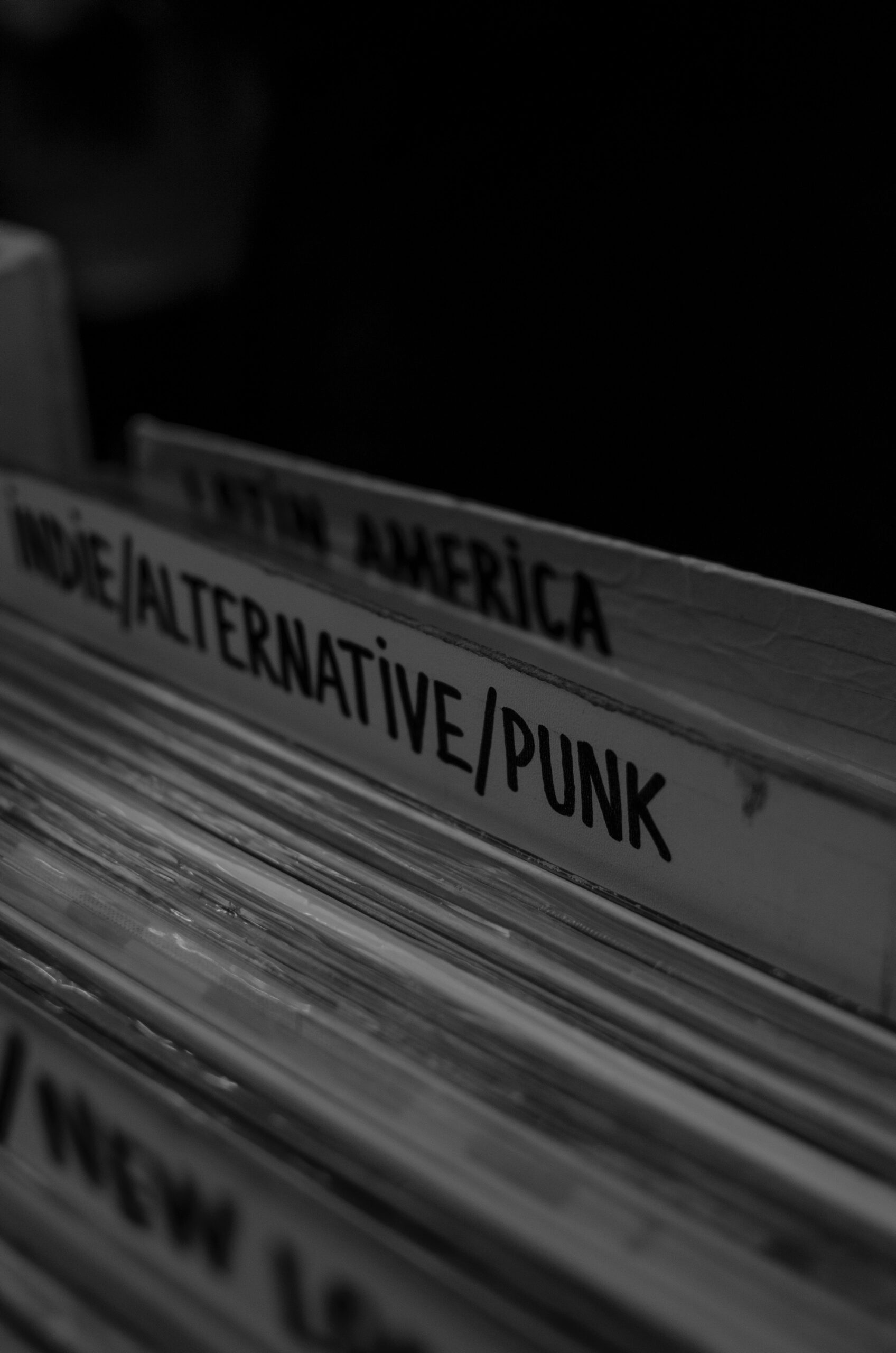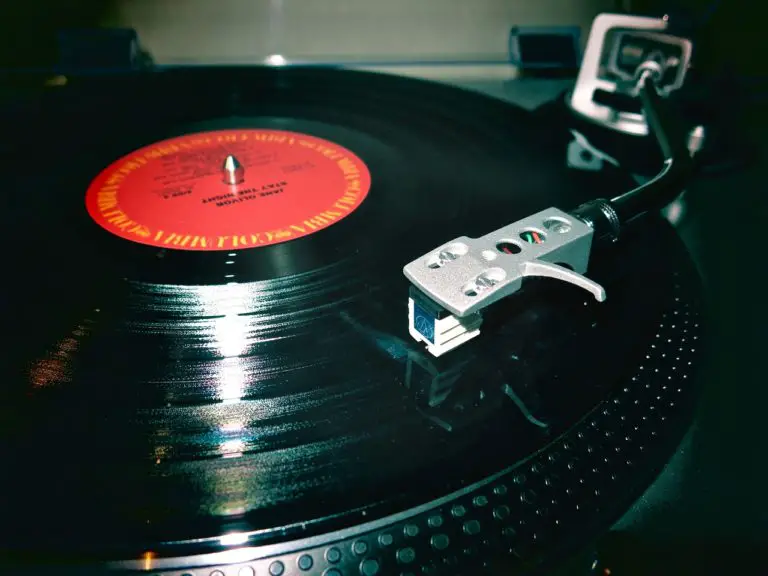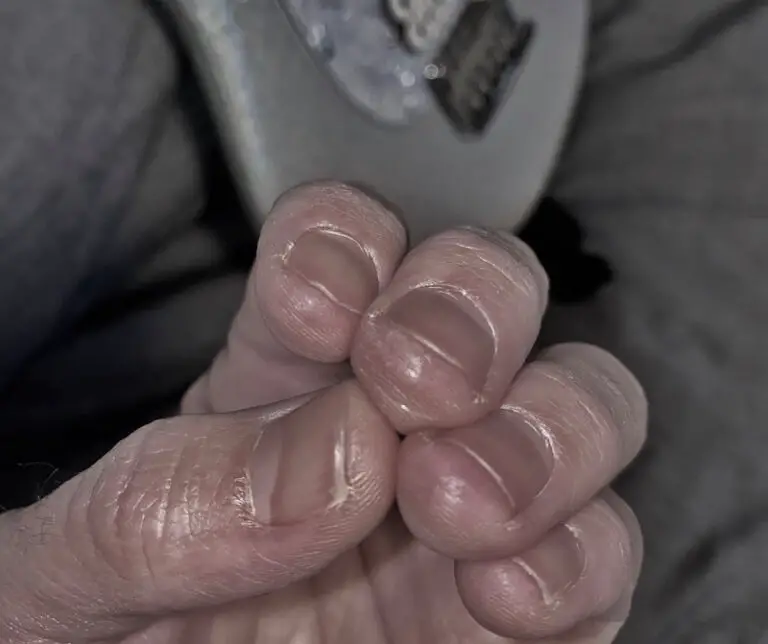Are Grunge and Punk the Same Thing?
The two genres most people think about when hearing the words “garage band” are punk and grunge. While both genres share rebellious sentiments and a love for extending a particular finger, they have many differences.
Are grunge and punk the same thing? No, punk and grunge are two distinct styles of rock. Punk came around before grunge and encompassed a broader genre. Grunge experienced a surge of popularity in the early 1990s as a blend between punk and heavy metal.
However, there’s much more to the distinction between these genres than when they began. So let’s dive into the specifics of how rock fans classify punk and grunge.
Punk Vs. Grunge
Punk and grunge share many similarities but are surprisingly distinct. The stories, fashion, and musical styles of these underground-emerging genres paint unique pictures. Yet, many people confuse the two because they share a lot in common.
Punk and grunge are both rebellious, often featuring profane lyrics. Also, both genres fit the image of young people playing loudly in garages. They represent “love it or hate it” types of music. You’ll find avid punk fans and people who despise it. The same goes for grunge.
However, punk and grunge began at different times and places. Additionally, they feature different tempos, melodies, vocals, and more. As a result, punk and grunge elicit very different feelings in their listeners.
We’ll go into more detail below.
Origins of Punk
Punk first appeared in England in the 1970s. The Sex Pistols and Ramones were critical bands in popularizing the genre and spreading it to other parts of the world, like the United States.
Cultural shifts embodied the style and feel and punk. 1960s counterculture took many forms, as young people created inventive ways to express their distaste for politics and the establishment. For some folks, conventional rock and roll provided an outlet. For others, psychedelic music took rebellion a step further.
By the 1970s, the punk subculture emerged to quench the anger of the edgiest teen rebels. However, despite existing several years prior, it wasn’t until 1976 that punk made its debut into the mainstream with the release of the first Ramones album. While not the first official punk album, the Ramones album was the first to receive significant radio play.
In the late 1970s and on, other bands like Misfits, NOFX, and Rancid developed punk further, becoming cultural icons.
Origins of Grunge
The grunge subculture popped up near Seattle in the United States in the late 1980s and early 1990s. Many consider the band Green River, formed in 1985, the first grunge band. However, Nirvana is the most popular grunge band ever, taking the genre from underground obscurity into the mainstream.
Grunge resembled punk’s introverted cousin. A single, independent record label named Sub Pop created the first grunge songs and defined them as a blend between punk and metal. By the 1990s, grunge was getting significant radio play, matching the popularity of genres like pop rock and hair metal.
However, grunge came and went with the tenacity of a warplane. It swooped down, permanently altered the landscape, and quickly flew away. By the mid to late 1990s, grunge fell back into obscurity. Fortunately, it remains a critical part of classic rock station playlists.
Sound of Punk
Punk rock is fast, aggressive, and repetitive. Instead of wowing their audiences with intricate guitar solos as earlier rock genres did, punk rockers startled parents and authority figures with vulgar lyrics and anarchistic themes.
Additionally, punk tracks are usually under 3 minutes long. Songs are like assassins, getting in and out as quickly as possible and sowing chaos after leaving.
The rhythm has a tight structure in punk. The BPM remains steady throughout songs at a value greater than 100. Bassists and guitarists play downstroke-only riffs with mechanical consistency. Surprisingly, drumlines often feature more variety than main melodies.
Punk vocals are hard to describe but immediately recognizable.
Sound of Grunge
Grunge rock is slow, psychedelic, and dirty. Grunge is a slang term for “filth.” Like punk, grunge isn’t musically complex, nor are the lyrics family-friendly. However, unlike punk, grunge songs often last over 4 minutes and are packed with tempo shifts and ambiance.
Grunge rock is, in many ways, punk’s artsy counterpart. It may feature elements punk musicians deliberately avoid, such as sing-song vocals and occasional guitar solos. Additionally, grunge takes influence from progressive rock of the 1960s and 70s.
These elements come together in many ways. For example, a typical grunge song is purposefully inconsistent. It’s much easier to get lost in the flow of a grunge song than in the rigid, straightforward structure of a punk song.
While grunge sounds more like classic rock than punk, the lyrics are where the grunge and punk show significant similarities. Grunge lyrics contend with themes like political corruption and societal isolation like punk. But grunge also features topics like mental illness and betrayal more frequently than punk.
Punk Fashion
Leather jackets, spikes, vulgar T-shirts, and spiked mohawks inundate punk fashion. The stereotype that punk rockers in the 1970s were white male teenagers is predominantly true. It’s possible that to wear punk clothes, one would’ve first needed permission from the punk gods.
It’s important to note that aversion to trends is a big part of the punk mentality. Many punk fans would want to avoid fitting into a cookie-cutter fashion model. Instead, they’d dress how they wanted, regardless of what society thought.
Grunge Fashion
Grunge fashion heavily features ripped jeans, plaid, and a jacket to keep warm during winters in Seattle, Washington. Additionally, grunge seemed slightly more accepting of outsiders wanting in. Looking at 1990s photos of grunge fans, you’re more likely to see men and women of all ages sporting Nirvana shirts.
Generally, a grunge fan isn’t as concerned about avoiding trends as a punk fan. The types of clothing associated with grunge, like plaid and ripped jeans, are sported by plenty of people outside of the subculture.
Popular Punk and Grunge Bands
If you’d truly like to familiarize yourself with the sound and style of punk and grunge, your ears are the best tools. Hop on your favorite music platform and give some artists a listen.
Take a look at these iconic punk rock bands if you’d like to hear the music in action:
- Sex Pistols
- Ramones
- Rancid
- Pennywise
- P*ssy Riot
- Misfits
- Dead Kennedys
- The Clash
You’ll notice common themes specific to punk, such as an unmistakable vocal style and fist-pounding guitar work. Songs over 4 minutes are rare, with titles by Rancid and Misfits usually around 2 minutes long. The brevity of these songs highlights the “get it done” mindset of punk artists.
By contrast, the bands below represent the height of grunge.
- Nirvana
- Alice in Chains
- Soundgarden
- Stone Temple Pilots
- Pearl Jam
- The Smashing Pumpkins
- Hole
- The Melvins
If you listen to these bands after listening to the punk groups, you’ll notice that the fist-pounding tempo decelerates into something slow and groovy. Songs over 4 minutes long are the norm, not exceptions.
You may discover that you like the sound of punk over grunge or vice versa. You may fall in love with a new genre if you aren’t already well-acquainted. Punk and grunge appeal to different music tastes — thus, it’s also possible that you love (or hate) both genres. Isn’t music wonderful?
Is Green Day Punk?
It’s hard to write about punk without mentioning Green Day. One of the internet’s most significant questions is if this renowned band is actually punk. This debate is second only to who includes the “Big Four” of punk.
The answer? Green Day was punk. Their mainstream album, American Idiot, has been loved by many since it came out in 2004. However, the album’s genre is best classified as pop-punk rather than punk or punk rock.
On the other hand, Green Day’s 1994 album, Dookie, is closer to true punk. Give the album a listen. You’ll hear muddy guitar riffs and defiant lyrics packed into 2-minute songs.
The truth is that punk albums rarely sell millions of copies. Raw punk rock is edgy, controversial, and deliberately obscure. After all, rebelling against the mainstream doesn’t make sense when it becomes mainstream.
Conclusion
Punk and grunge are not the same things. The table below summarizes the differences:
| Punk Rock Music | Grunge Rock Music | |
| Origin | England, early 1970s | Seattle, Washington (US), late 1980s/early 1990s. |
| Sound and Style | Fast and aggressive. Political lyrics and rebellious themes. | Slow and melodic. “Dirty” lyrics and dark subject matter. |
| Fashion | Spikes, leather jackets, mohawks | Ripped jeans, plaid, T-shirts. |
Punk rock began in the 1970s as a political middle finger to the English establishment. Bands including Sex Pistols and The Clash introduced punk to the public. It quickly crossed the Atlantic to the United States as frustrated youth connected with punk’s message.
Grunge took off in the 1990s thanks to Seattle’s record label Sub Pop. Bands like Alice in Chains and Nirvana brought massive recognition to grunge, taking it from an underground subculture to a major rock genre. However, grunge’s popularity had waned by the end of the century.
Nevertheless, there are valid reasons people mistake the two. Punk and grunge both began underground. Many punk and grunge artists started as garage bands, hence the stereotype. Lastly, the music of these genres spoke to disgruntled generations, proving that some things don’t change — even in a 20-year span between them.








![How To Start a Music Career [8 General Tips and Considerations]](https://www.bythebarricade.com/wp-content/uploads/2023/05/123027830_l-1-1024x512-1-768x384.jpeg)
